Five Tips To Help Gardeners Cope With a Hosepipe Ban
Elsewhere on this website you will find plenty of information to help you plan a garden that is better able to cope with arid conditions, and can handle the vicissitudes of summer. Wet or dry. British summers can often bring challenges. This year, many of us have had far less rain than usual, while last summer was a wash out. No matter which way things go, the truth of the matter is that things are only going to get more extreme in the coming years. Long term planning and sustainable gardening is key to success moving forward. But the measures that you can take will not help you right now. If you are struggling to maintain your garden in the drought, here are five tips that should help you to cope with a hosepipe ban:
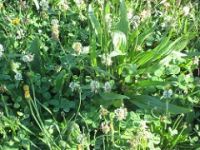
Leave Lawns Alone or Cut Them Longer
Leaving grass a little longer will help it to withstand dry weather. Set the blades on your lawn mower a little higher and if you must cut your lawn, simply cut the top off. But consider allowing a wilder, weed filled meadow to grow – it is better for the wildlife in any case.
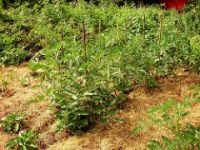
Lay An Organic Mulch Around Growing Areas
Laying a heavy organic mulch around, fruits, vegetables, trees and shrubs will help to control the moisture level in the soil and reduce water loss due to evaporation. The nutrients in the mulch will also contribute to keeping plants healthy, and healthy plants are better able to withstand a period of very dry weather.
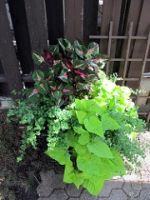
Bring Containers Into A More Shady Spot
If you have a container garden, you will find that plants will dry out much quicker than those grown in the ground. To slow the rate of water loss from containers, it is best to move them, if possible, into an area that has more shade.
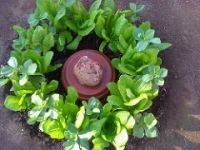
Water Into Containers Sunk Into the Ground So Water Gets to Plant Roots Where Needed
When watering your vegetable garden, beds or borders, it is important to make sure that the water gets to where it is required and does not simply run off the soil surface. Place plant pots or raw clay vessels into the soil and water into these. This will help to make sure that the water is delivered directly to the soil around plant roots, where it is needed.
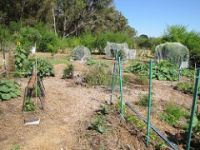
Consider Shade Netting For Intensive Vegetable Beds
If you are growing your own food in your garden then you may find it difficult to keep up with the watering demands of intensively grown annual crops. In addition to laying mulches to retain as much water as possible, you could also consider placing some shade netting over the most intensive growing areas, to further reduce moisture loss and cut down on watering needs. Shade netting can also help to prevent bolting in the warm summer months.
These tips are all things that you can do right now to make things easier during dry spells. In future, you can work to make gardening more sustainable and incorporate planting schemes and practices better suited to our changing climate.